Benefits of millets and how to use it wisely
Millets are nutritious, non-glutinous and anti-inflammatory, making them very easy to digest. Read how you can use it every day in the right way.
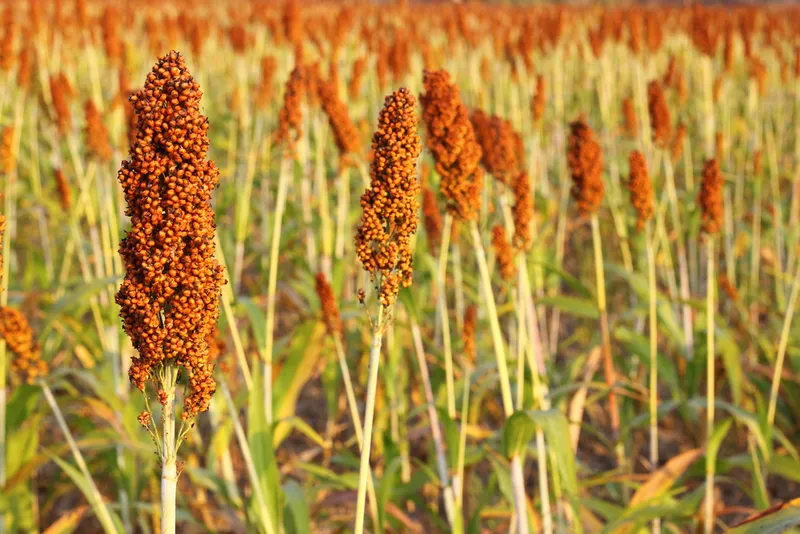
Millets | Source: Shutterstock
How can millets be a great addition to your diet?
While grains have been vilified in many modern diets, many grains used in ancient times have been an integral part of several cultures. Many of them are more seeds than actual grains. Cultivating ancient grains like millets are also a way that several communities come together in harmony.
Each of these ancient grains serves a purpose beyond just a specific macronutrient, as each of these seeds carries with it the circle of life, and the potential to provide immense energy while capturing tradition.
Millets are cultivated in many parts of India, and are now finding themselves more popular. They find themselves surviving in conditions where wheat may not survive, indicating the potential to endure within themselves. Almost any plant that can withstand harsh conditions is inevitably termed an adaptogen.
An adaptogen is something that improves your resilience to stress.
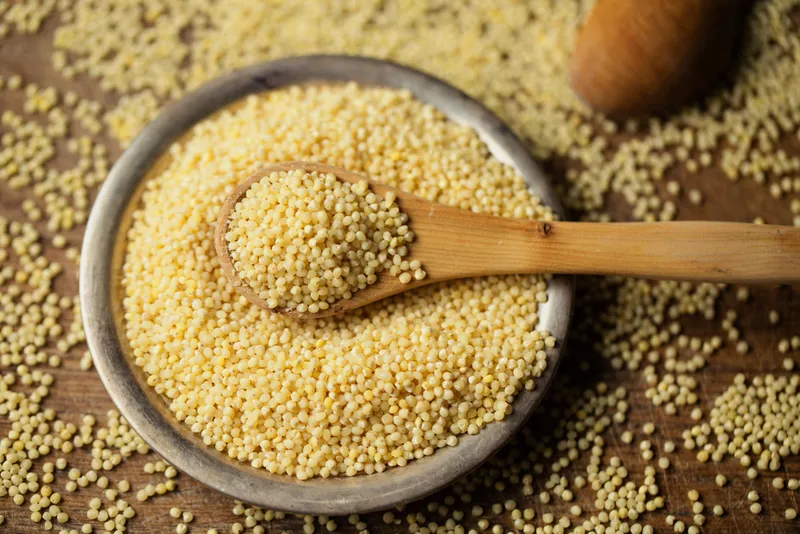
Source: Shutterstock
How can millets support your health?
When replacing rice and wheat, millets can be a great addition to an anti-inflammatory diet. They are non-glutinous and much easier for anyone struggling with chronic conditions. They have much more protein than many other grains.
Millets are the perfect grain to support weight loss.
Millets are rich in fibre, and can be very useful for those struggling with high cholesterol or gallstones, and are overall beneficial to digestion and elimination. Millets can be great to stabilise blood sugar balance, as they have a low glycaemic index. This is the reason that many nutritionists recommend millets to diabetics, as an option to white rice.
There is a lot of positive research on millets to support diabetic rehabilitation and management. This is also the reason that it can be a great food to support anyone with blood sugar imbalance, which is most women today. Millet have many amino acids, and so they can combine with lentils to form a complete source of vegetarian or vegan protein. Millets have multiple minerals, which provide your body with support for a range of functions. They are high in magnesium. They also contain tryptophan which convert to serotonin, helping you with mood stability and sleep.
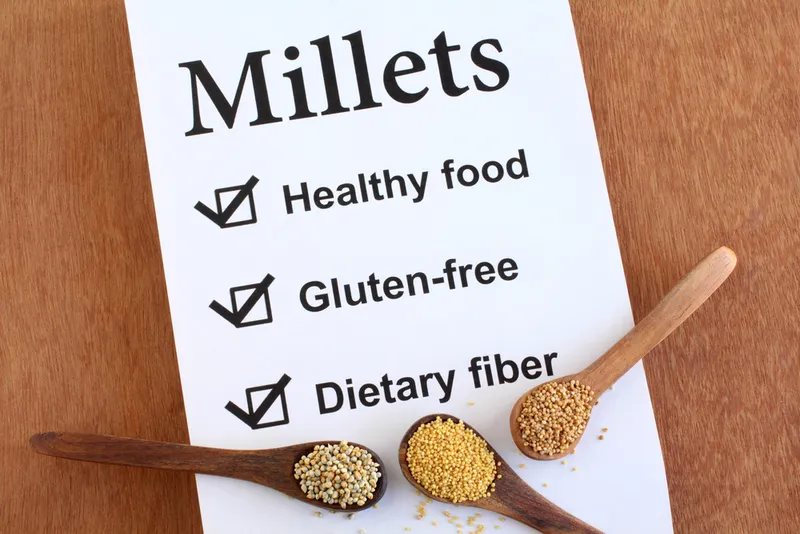
Source: Shutterstock
Should you be cautious with millets?
Like anything else, overdoing millets can prove to be a problem. The common trend, when a food gets popular, is to replace everything with that food.
If you reduce all your grains and eat millets every day, it can cause challenges.
The reason for this is that they are high in oxalates. Oxalates are an anti-nutrient that can affect mitochondrial function. Oxalates are a molecule found in plants and can be made by the body. When oxalates are high in the body, they bind to calcium forming crystals and can cause pain.
When they are not bound to calcium, they can impair mitochondrial function and disrupt mineral absorption. If you have challenges including fatigue and conditions of pain, overdoing millets can worsen symptoms. They are also goitrogenic and can upset your body’s production of thyroid hormone, upset iodine absorption as well as iodine. You do not need to have caution at all if you eat a moderate amount of millet in combination with plenty of vegetables and proteins.
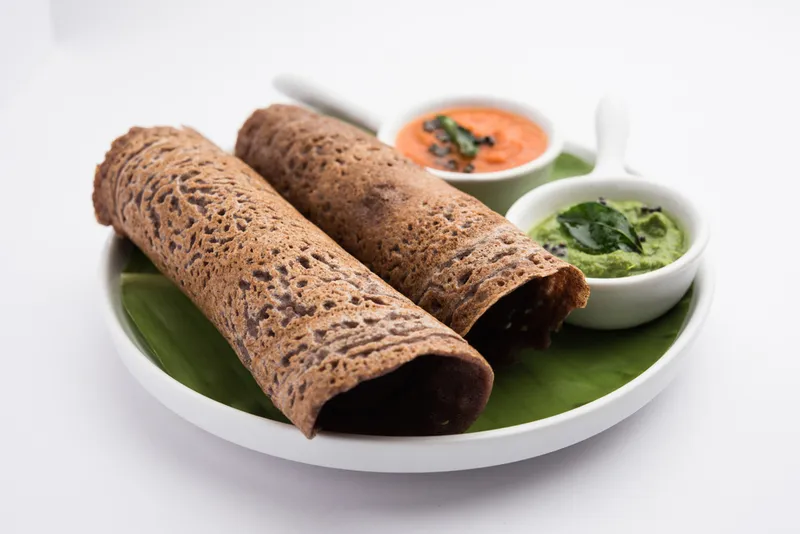
Finger millet or ragi dosa | Source: Shutterstock
How can you include millets into your daily diet?
The first thing to remember is that any food can lose its goodness if it is processed. With the recent popularity of millets, there has been a flood of packaged foods with millets. Eating millet for health benefits is highest when you eat millet as a whole food.
Use millets instead of rice or wheat with your leafy green lentil gravies. Soak them and grind them to make idlis and dosas. Use millet atta with buckwheat atta for a great gluten free roti. Make breads with millet flour. I really love millet rava which I use to make upma. Make millet khichadi with moong dal and plenty of vegetables for a balanced and easily digestible meal.
Cooked and cooled millet combined with raw vegetables and chickpeas make a great salad! The ways in which you can use these golden pearls is limitless!
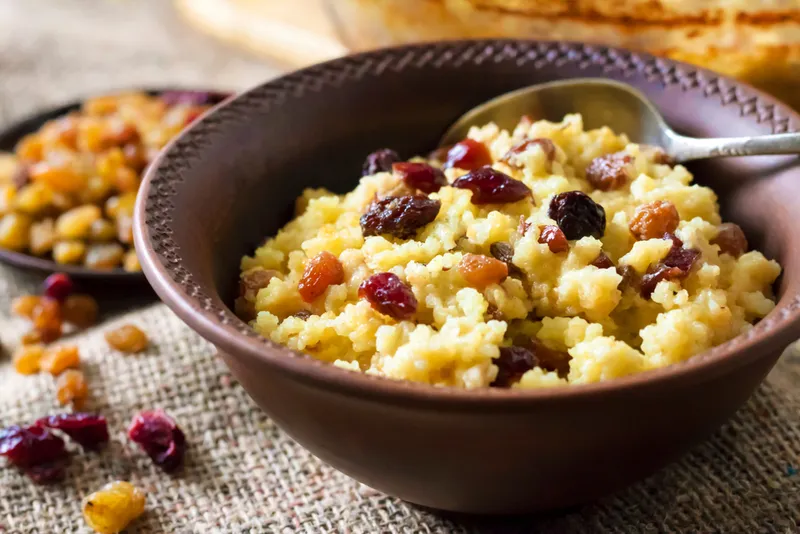
Sweet millet porridge | Source: Shutterstock
How can you ensure that millets are more anti-inflammatory?
The reason that many grains are considered inflammatory is that they can increase inflammation in several chronic conditions. Including millets and preparing them in traditional ways can be an approach to make them work for you, even if you have a condition where typically grains are not recommended.
Soak them for a day before cooking, or grinding them can help release the phytates. Even if they cook easily, soaking them and discarding the water may be necessary. Soaking time needs to be long enough where the soaked water is frothy. Grinding them in stone grinders can also be helpful with easing digestion, since digestive distress of many foods are what make them inflammatory. Allowing them to ferment after grinding can be even more helpful.
Ultimately, millets can be wonderful if prepared traditionally and not overdone!
Edited by Anju Narayanan



